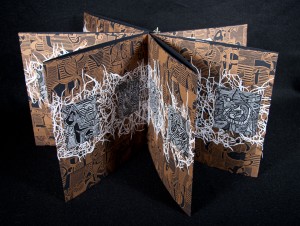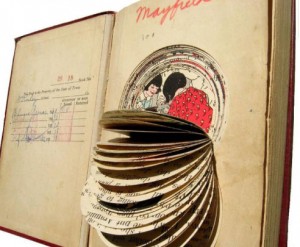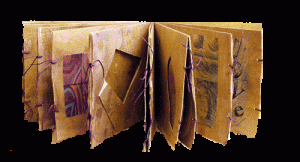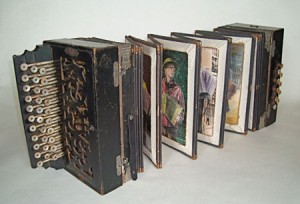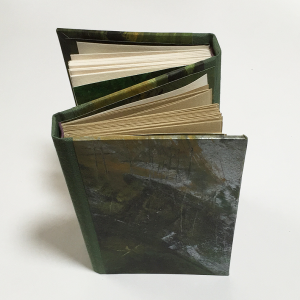Shaun Tan’s style of near-wordless or mute storytelling is definitely very close to animation. I find it is something that I particularly enjoy. In terms of The Arrival, it is definitely something that employs the themes of homelessness, belonging, and immigration. This brings the book to another level. When themes are reinforced in this way, it means that the artist is thinking on multiple levels of how to communicate the idea. Illustration, especially when there are no words involved is essentially all about communication, and this was something that I fully enjoyed seeing realized in The Arrival.
It was harder to tell with The Lost Thing, because we didn’t see the book, but I think that the work was not as fully realized. I also didn’t really appreciate the CGI animation- Shuan Tan’s handrawn, sentimental style didn’t translate well enough.

